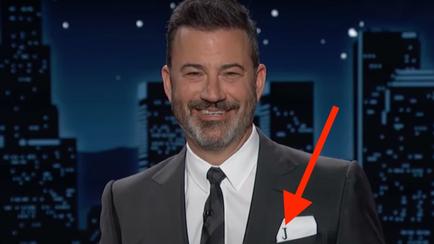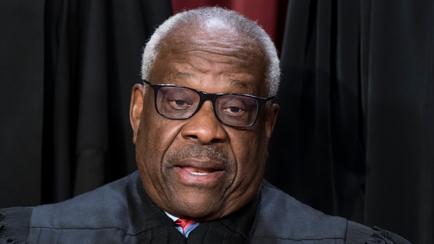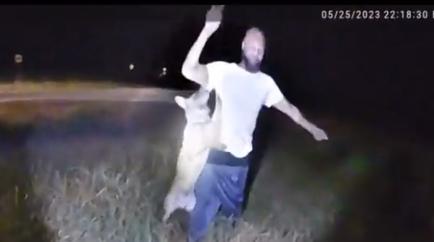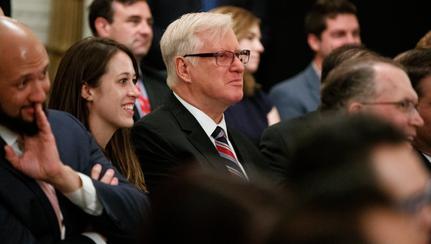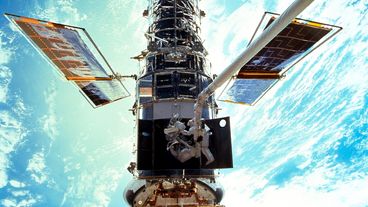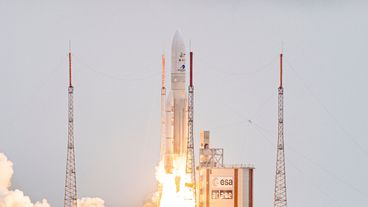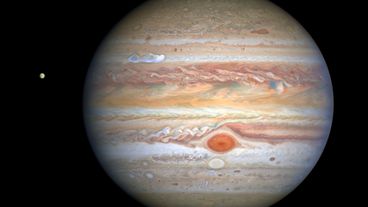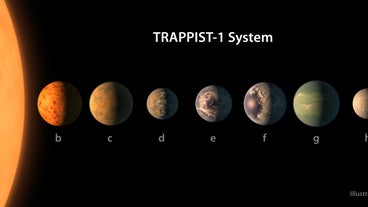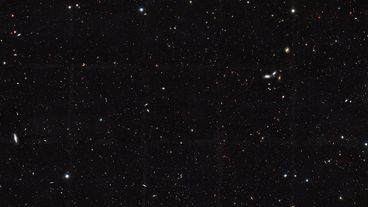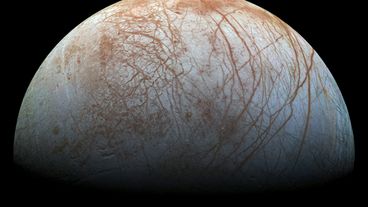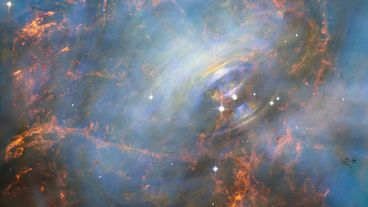Hubble Space Telescope
The James Webb Space Telescope took the photos in July, capturing unprecedented views of Jupiter’s northern and southern lights, and swirling polar haze.
“We’re seeing the star as it was about 12.8 billion years ago, which puts it about 900 million years after the Big Bang,” astronomer Brian Welch said.
More powerful than the Hubble Space Telescope, the $10 billion Webb will scan the cosmos for light streaming from the first stars and galaxies formed 13.7 billion years ago.
Europa, which is smaller than our own moon, appears as a pale dot alongside its giant, color-streaked gas planet.
WHAT'S HAPPENING
The nebula is a "raucous star nursery full of birth and destruction," NASA says.
The number of galaxies in the universe may be in the trillions -- and that's a lot of suns, planets and possibilities for life.
New estimate puts the number at 1 trillion to 2 trillion.
The discovery could hasten the search for alien life.
It's a unique look at "unimaginable cosmic violence."





